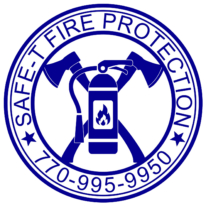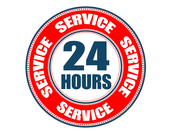Fire Alarms
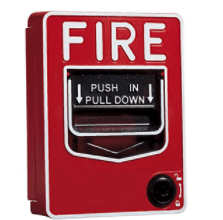
How long will a fire alarm last?
Your fire alarm can last anywhere from 10 to 12 years with the proper maintenance. Once your fire alarm begins to reach an older age, we suggest having it replaced regardless of how it is working. After all, a properly working fire alarm is vital to the safety of your business.
Why is my fire alarm beeping?
There are many reasons why your fire alarm may be beeping, but the first thing to check is your batteries. If your batteries are running low or dead, your fire alarm will continuously beep until the batteries are changed. If your fire alarm is beeping inconsistently, it may be because:
- Your fire alarm needs to be reset.
- The power to the fire alarm has been interrupted.
- Your fire alarms batteries are loose or improperly installed.
- Your fire alarm’s cover is dirty and needs to be cleaned.
- The fire alarm needs to be updated and replaced.
Fire Extinguishers
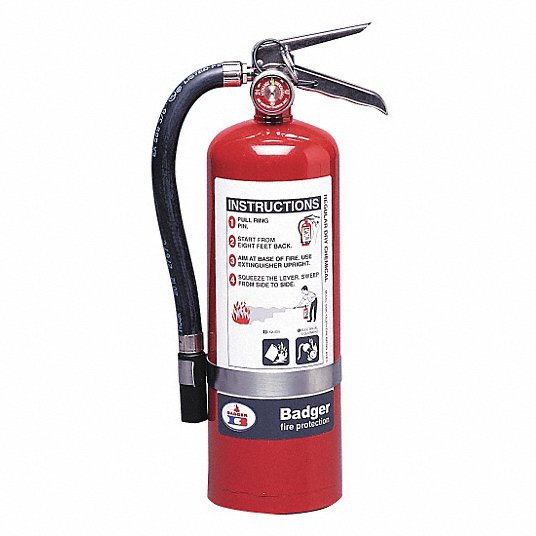
Do I need to replace my extinguisher after using it?
Yes! Even if you just barely used your fire extinguisher, you should replace it. You never know how much is left, and it might not work properly the next time. Better be safe than sorry; go ahead and replace your fire extinguisher after use.
How do I work a fire extinguisher?
If you are ever called to use a fire extinguisher, just think of the word “P.A.S.S.”
Pull the safety pin at the top of the extinguisher.
Aim the nozzle or hose at the base of the flames. Stay between 6-8 feet away from the flames.
Squeeze or press the handle.
Sweep from side to side at the base of the fire until it goes out.
How many fire extinguishers do I need on my property?
The number of fire extinguishers needed is based on the size of your building, the number of floors, and the overall layout. For reference, it’s standard to have a fire extinguisher every 75 feet. To determine how many fire extinguishers you need, we suggest calling your local fire protection specialist to conduct an inspection and give you the precise number.
What maintenance does my fire extinguisher need?
When it comes to your fire extinguisher, you want to ensure that it will work when you need it. To ensure your fire extinguisher is ready in an emergency, you should have:
- Monthly inspections that are tracked on the certification tag.
- Annual fire extinguisher inspections by a trained professional.
- Internal fire extinguisher maintenance every 6 years.
- Hydrostatic testing every 12 years.
Commercial Fire Safety Devices

Why are kitchen hood systems important?
Kitchens are filled with highly flammable products such as grease, oil, and fat. Your kitchen hood systems remove smoke, fumes, steam, and heat from the air. Kitchen hood systems are extremely important to ensure the safety of everyone around in the building.
How often do I need a spray booth system inspection?
To ensure your spray booth system is working properly, we suggest taking 5-10 minutes every day to inspect your spray booth system. During these daily spray booth inspections, you should check to see if your spray booth is clean, and working fine. You should also have your spray booth system professionally inspected annually.
Sprinkler Systems
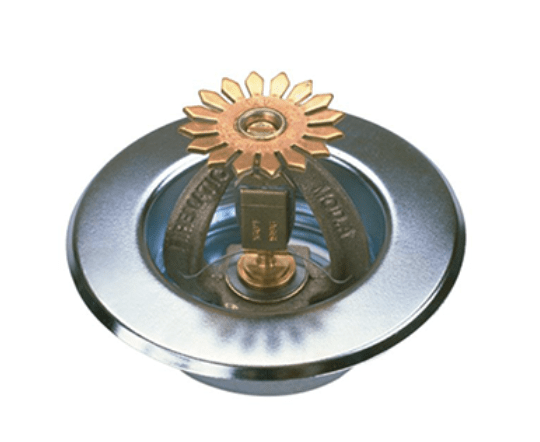
How often should my sprinkler system be inspected?
We recommend having your sprinkler system inspected once a year.
How does a fire sprinkler system work?
Fire sprinkler systems have a small bulb that holds the water in place. When your fire sprinkler systems detect heat, it begins to build pressure in the vial. Once that pressure becomes too much, the bulb releases, causing the water to spray out.
Will smoke set off my fire sprinkler system?
As long as your fire sprinkler system is working properly, it should only be set off by heat. Sprinkler system bulbs contain a color liquid that indicates the required temperature needed to set off the fire sprinkler system. The colors are:
- Orange – 135°F
- Red – 155°F
- Yellow – 174°F
- Green – 200°F
- Blue – 286°F
- Purple – 360°F
- Black – 440°F
However, if you have a malfunctioning fire sprinkler system, smoke may set it off in the right conditions. That’s why it’s important to have your yearly fire protection system inspection.
Backflow Devices
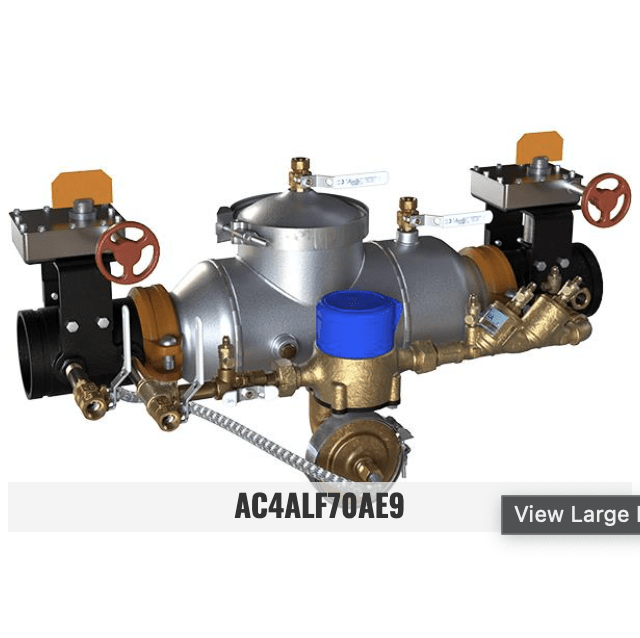
What does a backflow prevention device do?
Your backflow prevention device prevents your main water supply from flowing in the reverse direction. The backflow prevention device is important because it stops unsanitary water from entering your main water stream.
How often should my backflow prevention device be inspected?
The NFPA requires strict backflow prevention inspections due to its importance. Some of the backflow prevention device requirements are:
- Daily/weekly visual inspections of the pressure detectors and check control valves.
- Monthly thorough valves checks.
- Annual full forward flow test.
Other
Is having an emergency light required for my business?
The NFPA requires exit lighting in all businesses, as well as emergency lights leading to the primary exits. Emergency lighting allows a safe pathway in the event of an emergency or power outage, allowing everyone in the building to get out safely.
How often does my emergency light battery need to be replaced?
In the event of an emergency, a healthy emergency light will last 90 minutes. Emergency light batteries can last up to 5 years. We suggest having your emergency light inspected every year to ensure your batteries are fully charged.
What happens during fire hydrant maintenance?
During fire hydrant maintenance, we start by checking the water pressure. Having the right water pressure is extremely crucial because a strong water pressure is needed to fight a fire. The NFPA requires the water pressure of fire hydrants to be inspected once a year. Other things we check for during fire hydrant maintenance includes:
- Testing reliability
- Cleaning/flushing out water
- Checking flow and pressure
- Inspecting for leaks or cracks
- Lubricating parts
- Reviewing location
